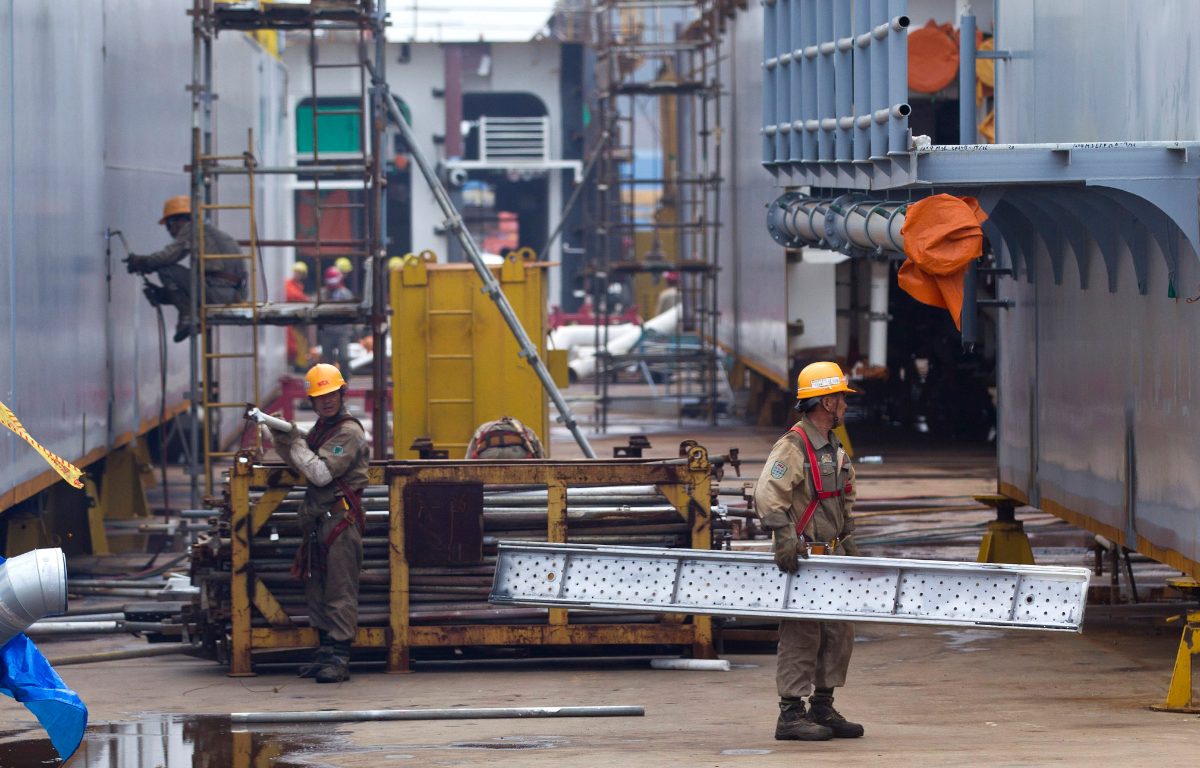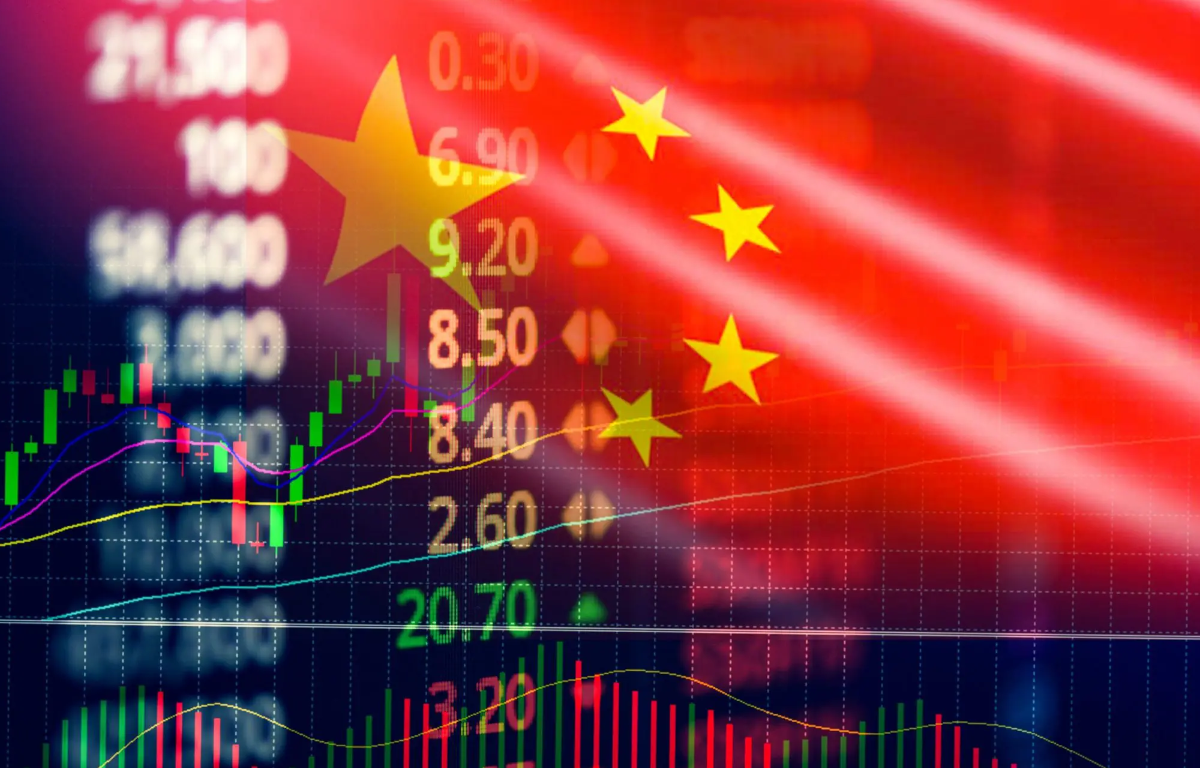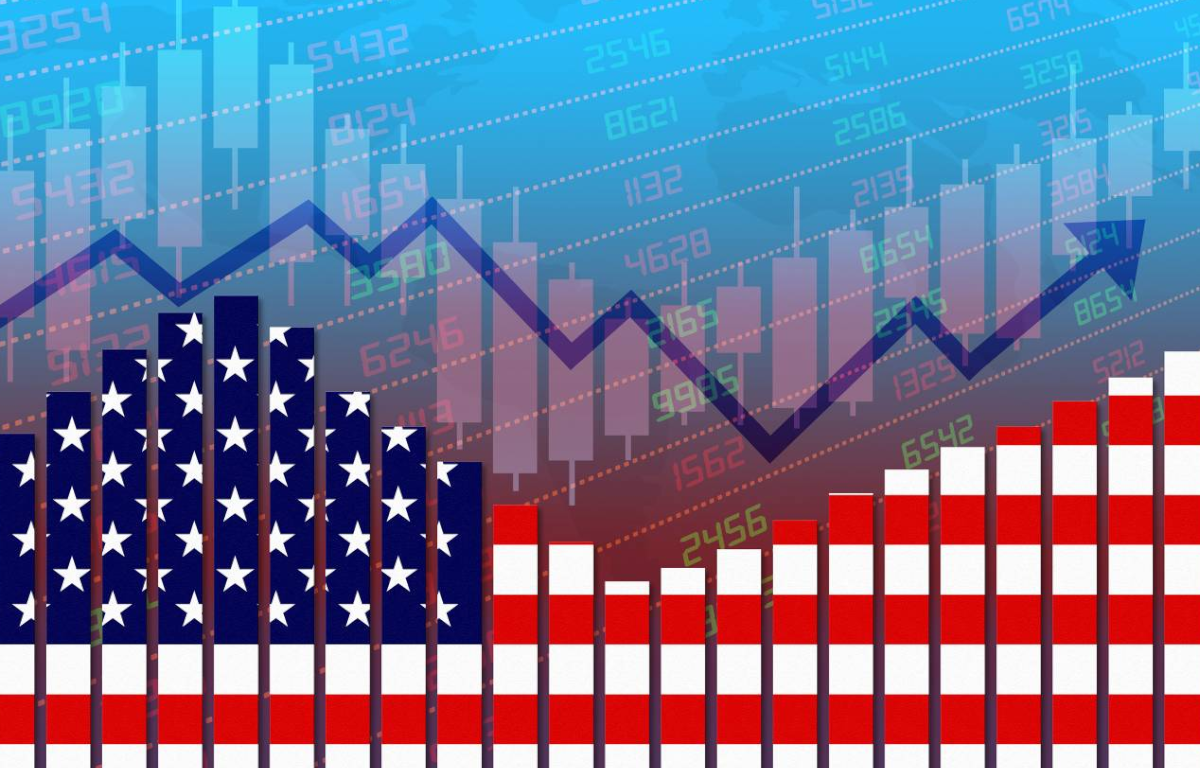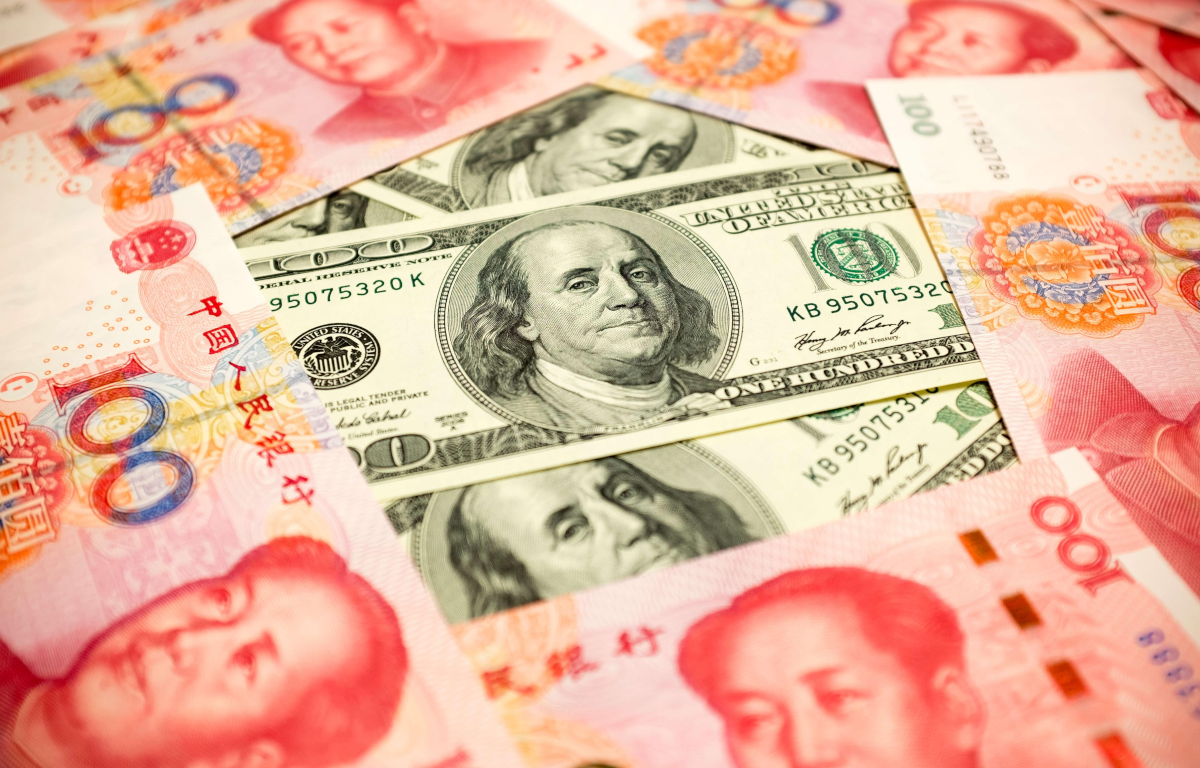
The Philippines has been one of the fastest-growing economies in Southeast Asia, with an average annual growth rate of around 6% between 2010 and 2019. However, the COVID-19 pandemic has caused a significant economic slowdown, with the country’s GDP contracting by 9.6% in 2020.
Despite the pandemic’s impact, the Philippines remains optimistic about its economic prospects. The government’s stimulus measures, coupled with a rebound in global demand, are expected to help the economy recover and achieve its long-term goals.
The Philippines’ ambition to become a trillion-dollar economy is part of a broader trend of economic growth and development in the region. Countries such as Indonesia, Malaysia, and Vietnam have also set ambitious targets for their economic growth in the coming years, as they seek to harness the region’s potential as a global economic powerhouse.
In conclusion, the Philippines’ target of becoming a trillion-dollar economy by 2029 is a bold ambition, and the government has outlined several measures to achieve this goal. Despite the pandemic’s impact, the country remains optimistic about its long-term economic prospects, and the potential for growth in the Southeast Asian region as a whole is significant.










Share this: